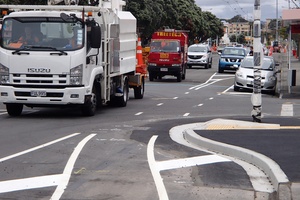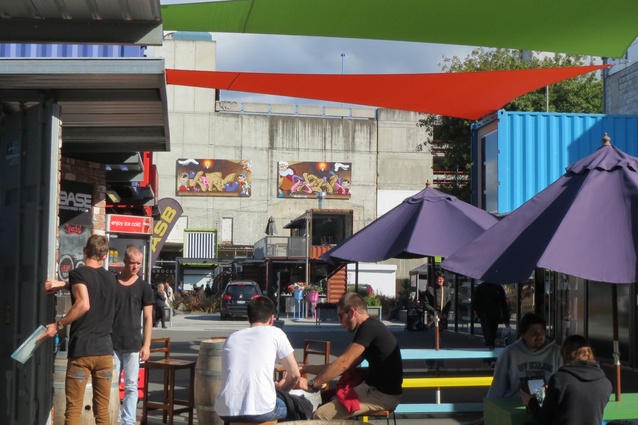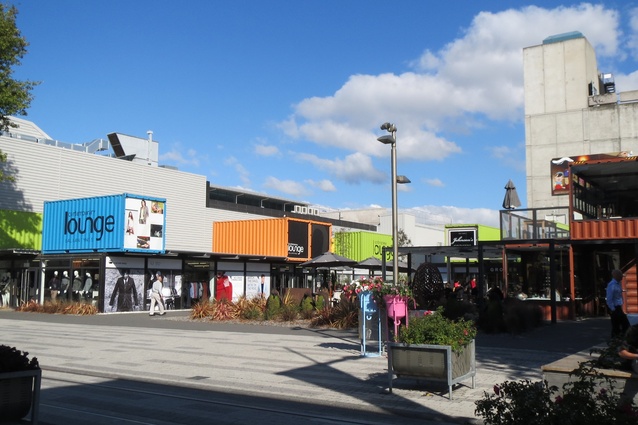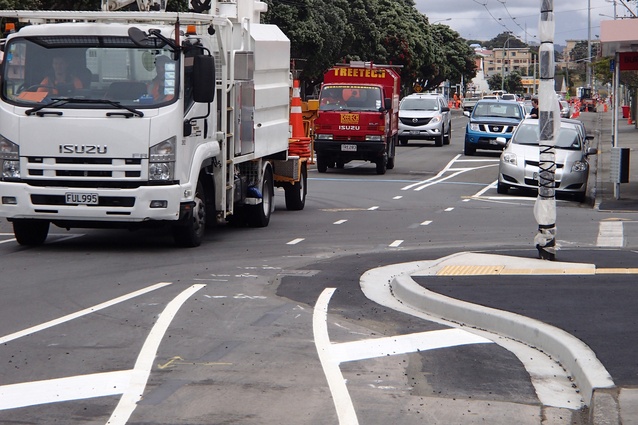Creating social sustainability
Urban development professions need to take responsibility for social environments, writes David Batchelor, planner at Beca Wellington.
The word ‘sustainability’ has become synonymous with protecting society from and providing for the natural environment and has become the focus of many public and private developments. In Wellington, the popular discourse of ‘sustainability’ is closely associated with providing low impact infrastructure on the environment and promoting low-carbon modes of transport to curb climate change.
However, a much-undermanaged area in the sustainability discourse, particularly in the urban development professions such as planners, architects, and engineers, is social sustainability. Social sustainability is concerned with creating environments that support societies through changing social needs caused by demographic shifts, economic cycles and complex environments by being enabling and typically physically flexible.
The urban development professions understandably struggle to juggle the responsibility for creating sustainable environments between them. Each profession is traditionally seated in a contractual or legislative role that is primarily based on the physical world as these matters are what can objectively be measured and ultimately charged for. It is very rarely heard in a project’s brief that the main objective is to make an environment that socially sustains people regardless of the physical output.
Instead, for the sake of contracts and KPIs, the social values and outcomes are embodied within the physical output, reversing the initial driver of many projects. This embodiment allows for the corruption of projects as the urban professions make decisions based on physical outputs such as reaching funding thresholds and assumes that the social outcomes follow.
Unfortunately, the prevailing approach only provides lip-service to a socially sustainable model. Far too often, one profession’s outlook typically dominates the project’s design and only brings other professions in for their ‘bottom-line’ technical documentation once that profession has largely predetermined the outcome.

Engineers, planners, and architects are all guilty of complying with these ‘bottom-line practices’ where only technical services are provided; such as adequate services, an iconic design, or to push-through a resource consent; irrespective of creating a desirable place, so long as their individual service brief is met. Preference to conform to traditional roles and to ‘stay in your lane’ professionally, rather than to collectively optimise a space for present and future users, endangers social sustainability.
Accusations of such practises involving Wellington’s Island Bay Cycleway have been heard from local community groups, as in their eyes the project has constantly failed to provide a socially sustainable option.
The local community has accused the Wellington City Council, and associated urban development professionals, of separating the technical inputs from the goal of a useable and safe cycleway, which in turn has generated an outcome that is considered socially harmful by the community. Only recently has the Council realised that in this case it is not the design manuals and safety ratings that determine the success of the project, but the acceptance of its users.
To address this issue there needs to be greater awareness and responsibility of social sustainability among urban development professions. For this to happen, projects need to be equally guided by engineers, planners and architects. Together with clients, the professions can provide insight into the requirements for their profession while also being able identify when another profession may be over-engineering, over-designing, or over-planning, and as a result restricting a space for a user. This will ultimately lead to projects being functional pieces of the urban fabric that will sustain social, economic and environmental life.

Thankfully there are some projects where social sustainability has been the focus and that we as professionals can learn from. The Re:START container mall in post-quake Christchurch was a prime example of creating a space where people could engage, modify and identify with – prime factors to achieving social sustainability.
Throughout its life, the mall grew and inspired a community by not restricting its user’s possibilities by over-engineering, over-designing or over-planning. Instead, it provided the building blocks for its users to collectively engineer, design and plan.
This unique opportunity was made possible by the forced removal of the trappings of the segmented standard operating procedure by the earthquake, and showed what can be achieved through a collective social focus. The Christchurch rebuild should inspire urban development professionals to step back from their segmented-out deliverable and ask “does this enable and sustain its users?”
Common rebuttals to social sustainable models include “it is not what the client wants” and “we do not know what the future holds so it is a waste of time and money to accommodate for it when we could be wrong”. These rebuttals stem from similar bottom-line practices, as mentioned earlier, as they ignore ‘multi-lane’ approaches. Client-based rebuttals fear that some clients approach development with a clear design envisaged that does not give weight to social sustainability.
Professionals fear that by guiding the design to include sustainable outcomes this may be seen as derailing the design and potentially including more costs, resulting in damaging the client-professional relationship. Yet like the professions, the client’s vision may also be single-lane with either economic, capacity or design elements taking precedence and future social impacts not being considered. In these instances they might be receptive to socially sustainable designs.
It is our duty as professionals to be aware of the social impacts and to highlight the need for future social sustainability to our clients that may not have been considered. The key is how we communicate this in light of market pressures, time constraints and political leanings, as we should not let our personal fears risk contributing to poor future outcomes. Social sustainability should be offered as an integral part of the development process akin to providing for environmental, economic, infrastructural concerns.
Future uncertainty-based rebuttals ignore the reality that most cities, especially in New Zealand, are not world leaders in urban development trends. Long established trends in Asia and Northern Europe are now being adopted by other countries with increasing social difficulty due to their reluctance to include adaptable measures for social shifts previously indicated by leading countries.
This is especially evident in New Zealand’s low-density housing developments, short-sighted urban design practices and segregating zoning regulations contributing to housing pressures, un-community friendly urban spaces and segregated communities and markets. Earlier acknowledgement of established overseas trends and their inevitability to reach our shores, as well as a proactive approach to adaptation by professionals, will likely provide for a more socially sustainable environment.
Ultimately, it is the equal collaboration between engineers, planners, and architects that create socially sustainable environments. Responsibility needs to be shared between each profession to create socially sustainable places and their insight and critique sought. Together we have a better chance of achieving environments that provide the services, functionality and character that can sustain social, environmental and economical changes. Independently, these professions create incomplete spaces unable to or limited in effectively responding to change, which can adversely affect future social outcomes.
Professionals must collectively recognise development’s role in shaping and accommodating the needs of the present and future social environment and work accordingly. By stepping outside their ‘lanes’ and rising above bottom-line practices engineers, planners and architects may better create environments that are socially sustainable through future change.












